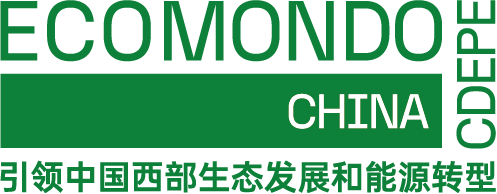Zeolite is a kind of microporous silicate or aluminosilicate crystal, which is connected by silicon-oxygen tetrahedron or aluminum-oxygen tetrahedron through oxygen bridge bond to form an internal pore channel and cavity system with uniform size (usually 0.3~2nm). Depending on physical adsorption (Van der Waals force), molecules smaller than its diameter can be adsorbed to the inside of the cavity, and molecules with different polarity, saturation, molecular size and boiling point can be separated, which has the function of "screening" molecules, so it is also called molecular sieve. Zeolite concentration runner is a honeycomb-shaped disc made of ceramic fiber as the base material and hydrophobic zeolite as the adsorbent on the surface of the runner, which is the core component of zeolite concentration runner technology. It can effectively adsorb organic solvents in waste gas, and the purification efficiency of waste gas can reach above 98%. Rotary wheel concentration is recognized as the most advanced and efficient waste gas concentration technology in the world The concentration runner uses three zonal circulation operation modes of "adsorption-desorption-cooling". The exhaust gas first contacts the adsorption zone of the runner, and the organic components are adsorbed on the small holes of the runner. After adsorption, the exhaust gas reaches the standard and is discharged, thus completing the concentration process of organic exhaust gas with large air volume and low concentration. Then, through the rotation of the runner, the pores saturated with adsorption are transferred to the desorption area with a small area, and the high-concentration waste gas is desorbed by the small-flow hot air, which enters the combustion device for combustion and is converted into carbon dioxide and water to be discharged into the atmosphere, and the desorbed adsorption carrier is transferred to the cooling area, cooled by air to normal temperature, and continues to enter the adsorption stage, so as to continuously circulate.








